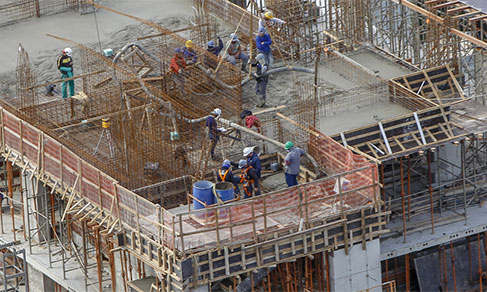CNAE
Publication updates the subclasses of the National Classification of Economic Activities
June 10, 2020 10h00 AM | Last Updated: June 22, 2020 06h44 PM
Last Friday (5), the IBGE published the National Classification of Economic Activities (CNAE) Subclasses version 2.3 for use in Public Administration records and registers. The update brings nine new subclasses, eliminates six others and changes the name of one, now comprising a total of 1,332 categories - three more than the previous version (2.2). The CNAE 2.0, for statistical purposes, remains unchanged with 21 sections, 87 divisions, 285 groups and 673 classes.
The new structure of CNAE-Subclasses 2.3 entered in force on January 1st, 2019, by means of the Concla Resolution No. 02/2018, but the complete publication was only released in 2020 due to the work resumption of the National Commission of Classification (Concla), established by Decree No. 9,759/2019. Concla works defining and monitoring the System of National Statistical Classification and the IBGE presides it.
Among the changes is the creation of the subclass for duty free shops in airports, ports and national borders on land. It was a specific demand to increase the scope of this activity, which had been restricted to airports. “Actually, this kind of trade is also active on many land borders. That is why such change is relevant”, clarifies IBGE Classification Manager Breno Barbosa.
The CNAE-Subclasses update is carried out by a Technical Sub-Commission under Concla and made up of agency members of the federal, state and municipal spheres or of non-governmental entities, as associations.
“What makes a company be considered an industry? What characteristics does an establishment need to have to be classified as trade? The CNAE provides the standardization of all economic activities in the national territory ”, explains Mr. Barbosa, adding that the new CNAE Subclasses helps public administration agencies regulate, inspect and charge taxes on the economic activities in the country.
The CNAE-Subclasses is an instrument that operates in the organization of the information systems of economic agents, seeking to standardize the way in which the different bodies of the country classify economic units according to the activities performed. In the statistical system, CNAE is used in the production and dissemination of information by type of economic activity in economic and socioeconomic statistics.




















